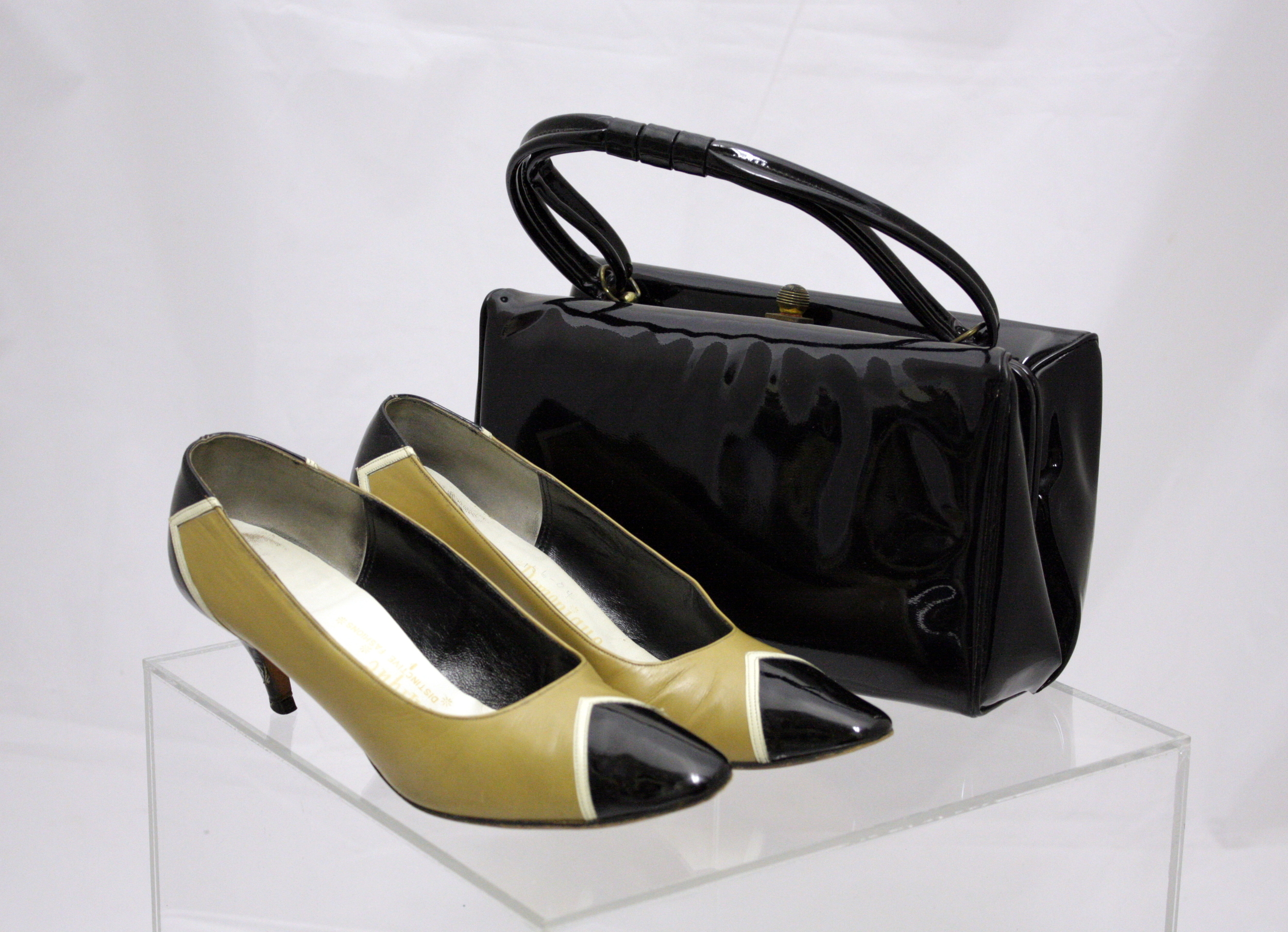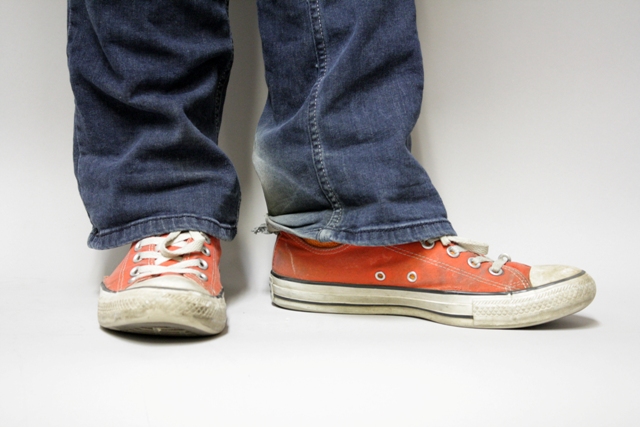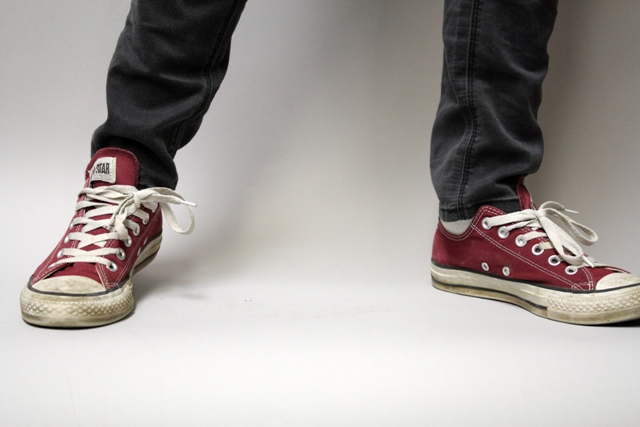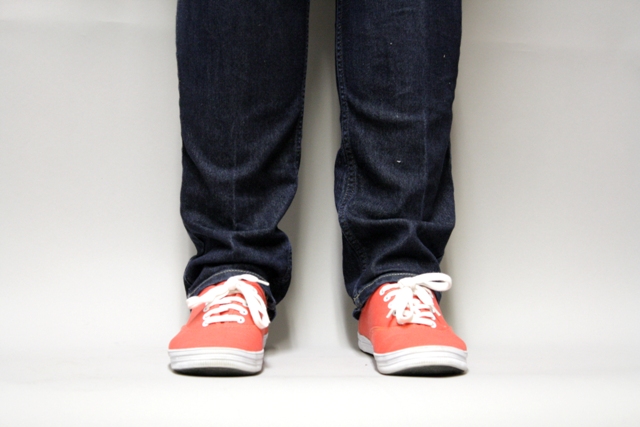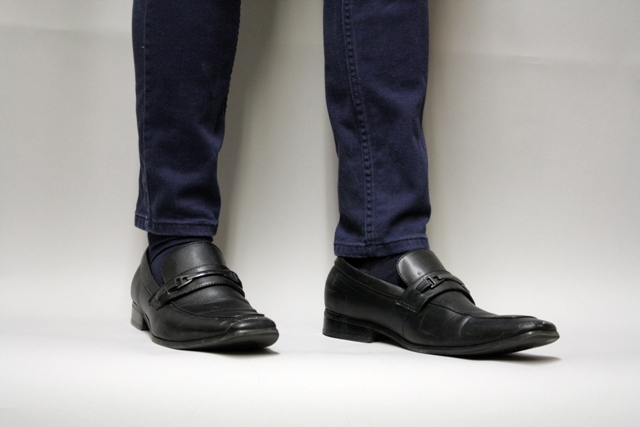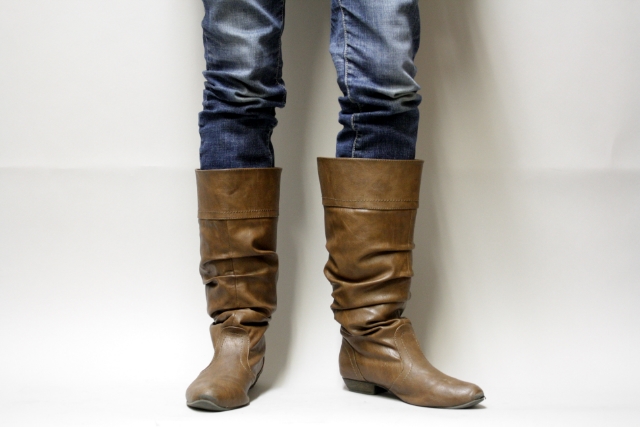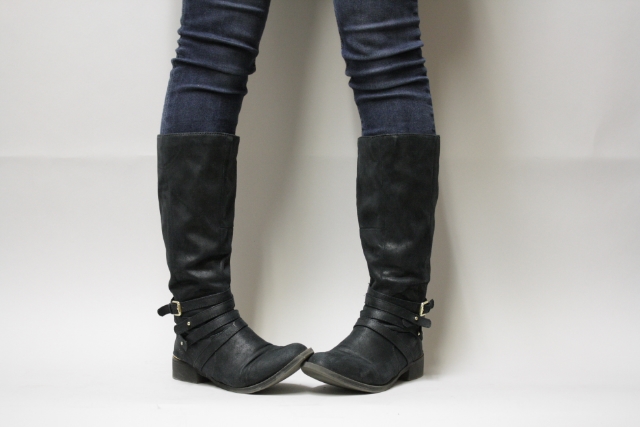By Danielle Krebsbach, Intern
As we are nearing the end of the cataloging process it is getting easier to look at the entire collection and group the shoes into categories. This makes it easier to figure out what type of shoes we have a lot of and which shoes are more unique. I spent the earlier part of today helping Peggy decide which shoes should be put aside to be deaccessioned by a committee. As we were looking through the shoes that haven’t been cataloged we found some shoes that were labeled as “found in collections” or FIC but had a donor number with them. Donor numbers were used from 1979 to about 1990 in a system where an individual who donated to the historical society was assigned a number and those numbers and names were kept in a book.
Today each object is given a number which is determined by the year it was donated, the order of donations that year, and the individual number of the object in the donation. Objects used to be identified by the year of donation, the person who gave the donation, and the individual number of the object in the donation.
With just the donor number I was able to find the names of two donors who supposedly donated shoes. I decided to first try and find the context for these shoes before cataloging others because it is better to have as much background information as possible before making a final record and I also enjoy a good historical hunt. I first looked up the names in our digital data base in case other items of the same donation had already been cataloged, but the query found no matches. I then looked into the blue folders which were made during the time the donor numbers were used. These blue folders have the deeds of gift of all donations of a given year, the deed of gift has the year and any additional information on the object that the donor could give. I scanned the beginning index of each folder which have an alphabetized list of all the donors of that year, but I did not find either name nor did I find them in a similarly organized card catalog.
I was starting to worry that the documents had fallen out of the books at one time and had been lost, and I was equally worried that they were filed by someone with more information during a transition between old and new system and that the only way to find them would be to methodically look through hundreds of files from 1990-1992. Instead I took out the organizer for donations from 1910-1978. Inside it looked as if someone at one point had gone through all the random pieces of paper in the office at one point and organized them by year. I had found envelopes addressed to the historical society with handwritten listing of items and a name who had donated them.
At this point I decided to Google the name of one people I was trying to find to get an idea of when he would have made a donation. There was only one person in La Crosse with the name and he was a superintendent in the 1920’s. I then carefully took out all the documents between 1920-1929 and looked through them. I was able to find his name and description of his donation in a Tribune article clipping.
A copy of a La Crosse Tribune article from 1941. A member has underlined the donors names and items donated and given the items their individual numbers.
However, this description didn’t mention shoes or clothing of any kind. When I search for the other name in a similar fashion I found four handwritten logs of donations with both names in them, but again they didn’t mention shoes.
This is one page of the small handwritten accounts of donations in the 1920's. The names of the donors are underlined and each description of an object donated is noted with a blue mark.
I asked Peggy about the seemly dead end and she told me that it’s possible that they did donate the shoes, but the people recording the donations did not think at the time that the shoes were important enough to mention. So the best we can do is make a note of the year and the person on the file, which is a little disappointing. On the up side, while looking for my mystery donations I found deeds of gifts for two other shoes which were also FICs, one which looked quite unique. We had figured it was a shoe cover used to protected a shoe from getting wet, after finding it’s document and looking up the name we found it was used specifically to protect high heeled shoes.
Object number 1991.002.049, toe covers.
Not sure how they got them to stay up!






